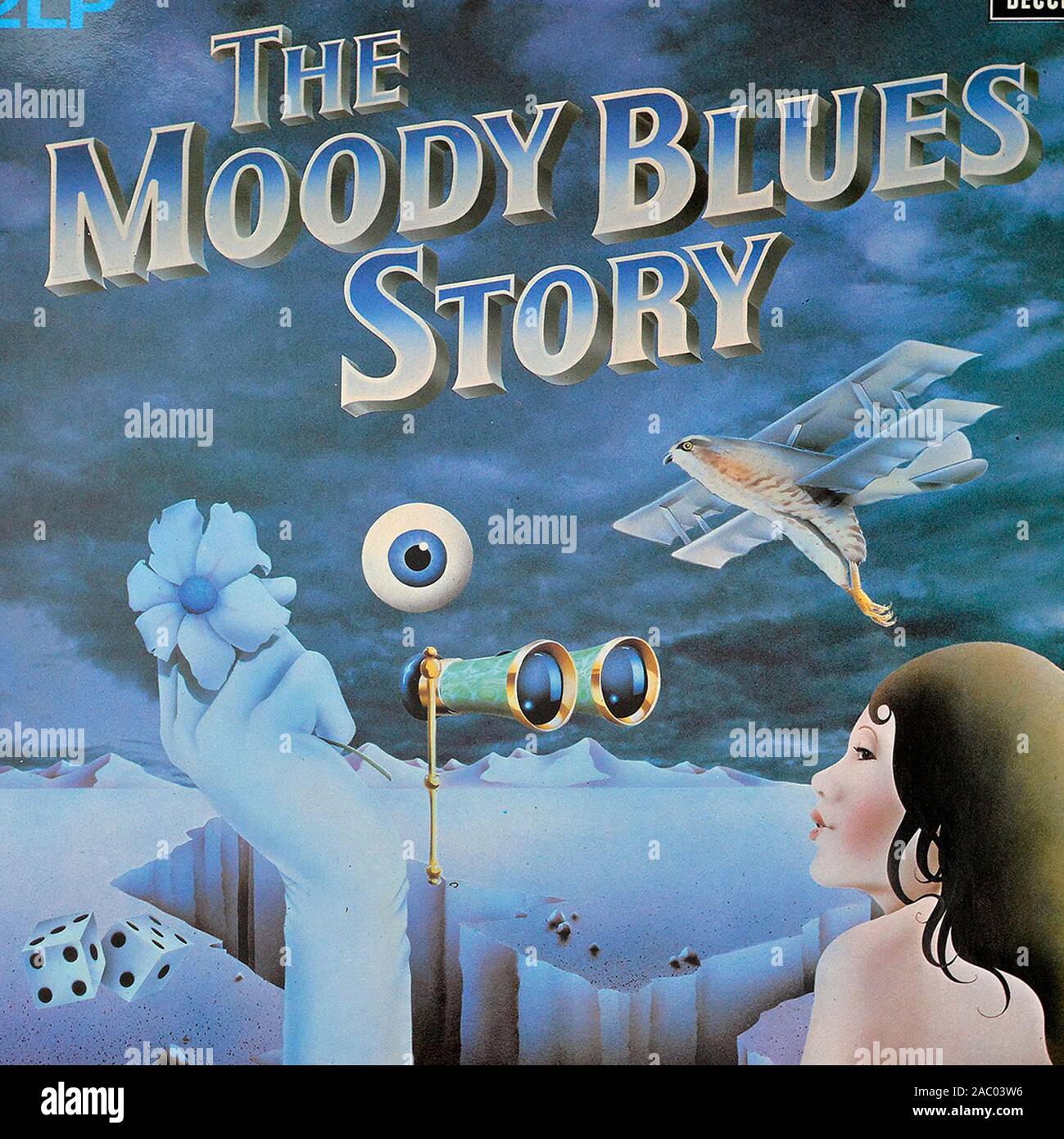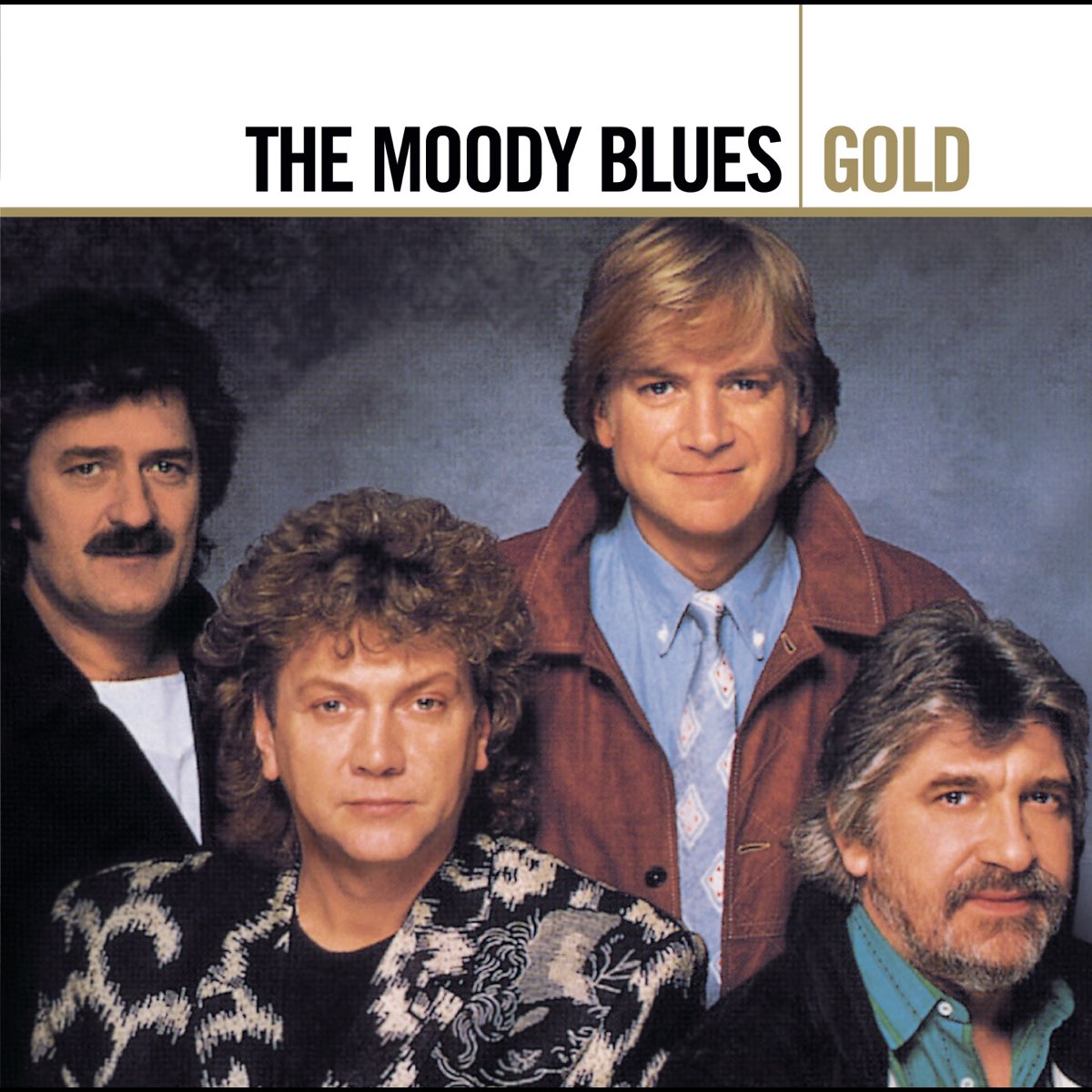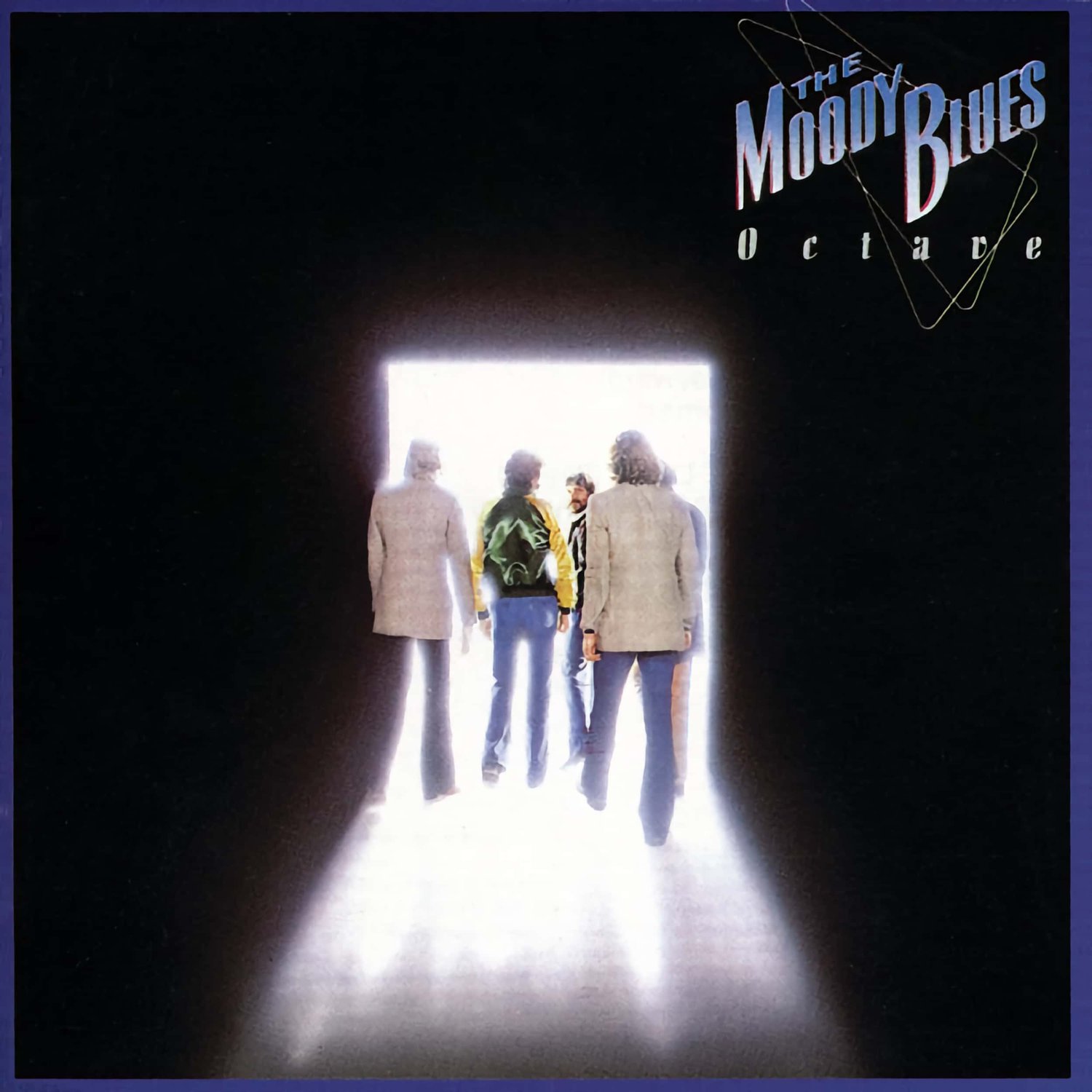Among the pantheon of legendary albums that have shaped the landscape of rock music, the "album Moody Blues" stands out as a cornerstone of innovation and artistic brilliance. Released in the late 1960s, this iconic album not only defined the sound of its era but also carved a niche for itself in the annals of music history. With its lush orchestration, poetic lyrics, and groundbreaking use of electronic instruments, it set a new benchmark for what a rock album could achieve. This masterpiece continues to resonate with audiences across generations, proving its timeless appeal.
The "album Moody Blues" was not just a collection of songs but a profound artistic statement that pushed the boundaries of music production. It was a daring experiment that brought together rock instrumentation with classical orchestration, creating a unique soundscape that captivated listeners. At its core, the album explored themes of love, loss, and the human condition, resonating deeply with its audience. Its enduring popularity can be attributed to the emotional depth and the intricate craftsmanship that went into its creation.
As we delve deeper into the world of "album Moody Blues," we will uncover the stories behind its creation, the influence it had on the music industry, and why it continues to be celebrated by music enthusiasts worldwide. This article aims to provide an in-depth exploration of the album, offering insights into its production, its cultural impact, and its lasting legacy. Let’s embark on a journey through the rich tapestry of sounds and emotions that define this legendary work.
Read also:Exploring Greyhound Bus Lines Your Comprehensive Guide To Affordable And Reliable Travel
What Makes the Album Moody Blues So Special?
Many fans and music critics alike often ponder, what makes the "album Moody Blues" so special? The answer lies in its innovative approach to music production. The band's decision to incorporate orchestral elements into rock music was revolutionary at the time. By blending traditional rock instruments with strings, brass, and woodwinds, they created a symphonic rock sound that was both fresh and captivating. This fusion of genres not only expanded the possibilities of rock music but also set a new standard for future artists.
Who Were the Key Players Behind the Album Moody Blues?
The creation of the "album Moody Blues" was a collaborative effort involving several key players. Each member of the band brought their unique talents to the table, contributing to the album's success. Justin Hayward, the band's lead vocalist and guitarist, penned some of the album's most iconic tracks. His lyrical prowess and melodic sensibilities were instrumental in shaping the album's sound. Ray Thomas, another founding member, added his distinctive flute playing and poetic lyrics, enriching the album's musical tapestry.
How Did the Album Moody Blues Influence the Music Industry?
One of the most significant questions that arises when discussing the "album Moody Blues" is, how did it influence the music industry? The album's innovative approach to music production inspired countless artists and bands to experiment with new sounds and styles. Its success demonstrated that there was an audience for more sophisticated and complex rock music. This realization encouraged other musicians to push the boundaries of their own creativity, leading to a wave of experimentation in the music industry.
Why Is the Album Moody Blues Still Relevant Today?
Another intriguing question is, why is the "album Moody Blues" still relevant today? The album's timeless themes and universal appeal continue to resonate with audiences of all ages. Its exploration of the human condition, through both its music and lyrics, remains as relevant today as it was when it was first released. Moreover, its influence on subsequent generations of musicians ensures its place in the pantheon of great rock albums.
Table of Contents
- What Makes the Album Moody Blues So Special?
- Who Were the Key Players Behind the Album Moody Blues?
- How Did the Album Moody Blues Influence the Music Industry?
- Why Is the Album Moody Blues Still Relevant Today?
- Exploring the Production of the Album Moody Blues
- The Cultural Impact of the Album Moody Blues
- Legacy and Influence of the Album Moody Blues
- How Did the Album Moody Blues Shape the Band's Career?
- What Are the Standout Tracks from the Album Moody Blues?
- Final Thoughts on the Album Moody Blues
Exploring the Production of the Album Moody Blues
The production of the "album Moody Blues" was a meticulous process that involved cutting-edge technology and innovative techniques. The band worked closely with producer Tony Clarke to achieve the desired sound. They utilized the latest recording equipment, including multi-track tape machines, to layer multiple instruments and create a rich, textured sound. This attention to detail resulted in an album that was both technically advanced and artistically ambitious.
The Cultural Impact of the Album Moody Blues
The cultural impact of the "album Moody Blues" cannot be overstated. It played a pivotal role in shaping the sound of the late 1960s and early 1970s. Its fusion of rock and classical music influenced a wide range of artists and genres, from progressive rock to new age music. Moreover, its themes of love and spirituality resonated with the counterculture movement of the time, making it a soundtrack for a generation.
Read also:Unveiling The Charm Of Surfing Goat Dairy Kula A Maui Paradise
How Did the Album Moody Blues Shape the Band's Career?
One of the most important questions to consider is, how did the "album Moody Blues" shape the band's career? The success of the album propelled the band to international fame and established them as one of the leading acts of their era. It opened up new opportunities for them, allowing them to tour extensively and reach a wider audience. The album also cemented their reputation as innovators in the music industry, paving the way for future projects and collaborations.
What Are the Standout Tracks from the Album Moody Blues?
When discussing the "album Moody Blues," it's essential to highlight its standout tracks. Songs like "Nights in White Satin" and "Tuesday Afternoon" have become timeless classics, celebrated for their lush arrangements and evocative lyrics. These tracks not only showcased the band's musical prowess but also their ability to craft memorable melodies and compelling narratives. Their inclusion on the album helped solidify its place in music history.
Legacy and Influence of the Album Moody Blues
The legacy and influence of the "album Moody Blues" extend far beyond its initial release. It has inspired countless musicians and bands over the years, influencing a wide range of musical genres. Its innovative approach to music production and its exploration of universal themes continue to resonate with audiences today. As a testament to its enduring appeal, the album remains a touchstone for fans of rock music around the world.
Final Thoughts on the Album Moody Blues
In conclusion, the "album Moody Blues" is a masterpiece that continues to inspire and captivate audiences across generations. Its innovative production, universal themes, and timeless appeal have ensured its place in the pantheon of great rock albums. As we reflect on its legacy, it becomes clear that the "album Moody Blues" is more than just a collection of songs—it is a testament to the power of music to transcend time and touch the hearts of listeners everywhere.
Beyond its musical significance, the "album Moody Blues" serves as a reminder of the importance of creativity and innovation in the arts. It challenges us to push the boundaries of our own creativity and to explore new ways of expressing ourselves through music. As we continue to discover and rediscover this iconic work, we are reminded of the profound impact that great art can have on our lives.


